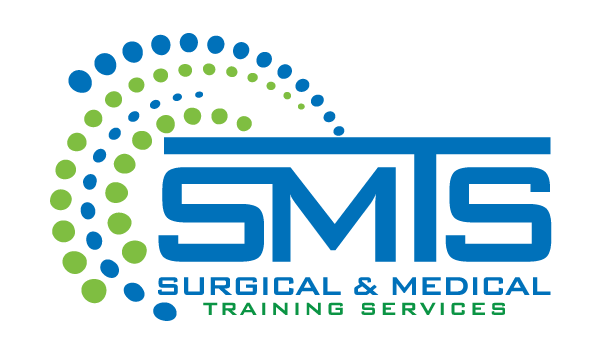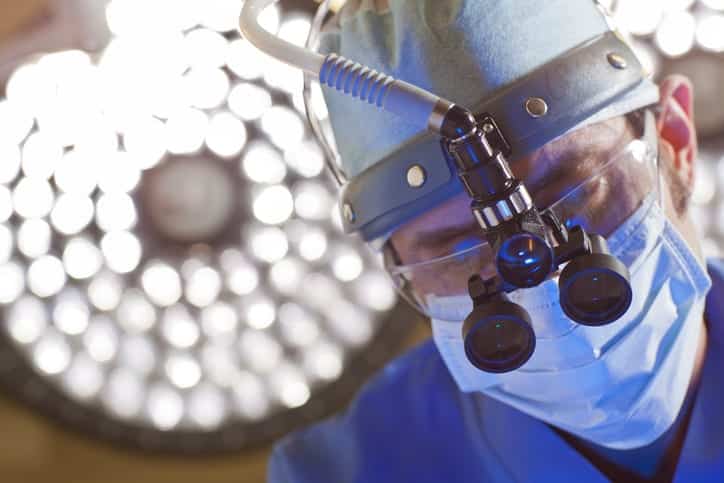Patients facing the prospect of surgery are usually more than a little stressed. The medical team is also not impervious to the effects of surgery. On our end, stress stems from the need for meticulous performance at every turn. We are well aware that, regardless of the reason for surgery, there are certain risks. It is the desire to mitigate these risks that lead surgeons and surgical staff to obtain training in innovative techniques. How impressive is it that we have several options available these days?
WE WANT TO TAKE A WALK
The original surgical techniques that were developed involved what we now call open surgery. Doctors used to have to open the body just to be able to observe internal structures, let alone repair or remove them as needed. Open surgeries still exist today and may have a valuable place in medicine for some time to come. However, more healthcare professionals are coming to realize the implications of this surgical technique, including longer recover times for patients and suboptimal outcomes regarding scarring and discomfort. Finally, we cannot overlook the level of risk that is involved in opening any part of the body more than necessary.
A more modern and sophisticated surgical technique to be adopted is referred to as minimally invasive. Minimally invasive surgeries may be laparoscopic or endoscopic. These techniques naturally have fewer complication risks due to the smaller incisions. This also leads to smaller or barely perceptible scars and significantly reduces patients’ recovery time. Minimally invasive surgeries increase efficiency in patient care and lower costs because many of these procedures are now performed in outpatient facilities or even office settings using only local anesthesia.
The most recent advances in surgery follow the minimally-invasive route but facilitate accuracy through advanced software techniques. Robotic surgery is a trend that is on point with the need for improved outcomes and lowest possible risk. The way that this is achieved in robotic surgery is through the implementation of high-def, 3-dimensional imaging of the surgical field that allows access to areas that were previously difficult for surgeons. The use of the robotic surgical technique is replacing open technique in many intricate orthopedic, urologic, and gynecologic surgeries.
Wherever you are on your surgical path, SMTS – Surgical & Medical Training Services is committed to assisting you with forwarding progress. Contact us at (888) 801-9444 for more information on training courses and facilities.

